Resolution 71 of the Politburo on breakthroughs in education and training development sets out the task of modernizing and upgrading higher education, creating breakthroughs in developing highly qualified human resources and talents, and leading research and innovation.
In which, arranging, restructuring and merging higher education institutions is one of the key solutions.
At the 2025 Higher Education Conference, Minister of Education and Training Nguyen Kim Son affirmed that this major restructuring of educational institutions is an order.
This is the opportunity, the time, the moment for higher education to make a breakthrough. "If we do not seize the opportunity, seize the power, it means we are at fault," the head of the education sector emphasized.
Before the revolution in university arrangement and merger, Dan Tri Newspaper organized a series of articles with the theme: "The great arrangement of universities: A historical turning point for breakthrough development".
The series of articles is a panoramic picture of the orientation of arranging, restructuring and merging universities in Vietnam, in which leading experts will participate in debating and clarifying breakthrough development opportunities for higher education and challenges that need to be jointly resolved so that the higher education revolution can reach its destination in accordance with the spirit of Resolution 71.
How did China and other countries merge universities?
Over the first two decades of the 21st century, higher education has become a core component of the development strategies of most countries. From a global perspective, there are three major trends that are governing the operation and reform of higher education: one is the trend of multi-disciplinary, multi-disciplinary, multi-functional universities; two is the trend of centralization and restructuring of the system through mergers or affiliations; three is the trend of increasing autonomy accompanied by social accountability.
In Europe, the Bologna process (a European higher education reform initiative) has led to a unified higher education space, forcing schools to adjust their training models, governance structures and development strategies.
Many countries, typically France, Germany and the Netherlands, have implemented a policy of merging small or scattered universities to form multidisciplinary universities that are internationally competitive.
In France, after the 2007 reform, many universities were encouraged to join and merge into “ComUEs” (Communities of Universities and Research Institutes). The goal was to increase competitiveness in research and take advantage of common resources.
For example, the University of Paris-Saclay, formed from more than 20 schools and research institutes, has received heavy investment priority from the French Government, aiming to become the “Stanford of Europe”. This school is now in the world top 15 in Natural Sciences thanks to its clear strategy, centralized financial resources and high academic autonomy.
Germany has a different approach. They do not merge universities en masse but follow the “Exzellenzinitiative” mechanism to encourage cooperation and research links between universities.
Some states have carried out small mergers to reduce administrative costs, but always maintain the autonomy and academic identity of each unit. The lesson from Germany shows that mergers do not necessarily have to be dictated, but can encourage strategic alliances between universities.
In China, in the 1990s, a wave of university mergers took place to establish large multidisciplinary universities. More than 400 institutions were merged, forming universities with 30,000-40,000 students and many training majors.
For example, Peking University merged with Beijing Medical University (2000), and Fudan University merged with Shanghai Medical University (2000). The goal of merging these schools was to increase international rankings and form an interdisciplinary training and research center that was globally competitive.
As a result, many Chinese universities have made rapid progress, entering the world's top 100. However, there are also bureaucratization phenomena, cumbersome apparatuses, and internal conflicts that have not been thoroughly resolved.
Singapore, with its model of few but streamlined schools and international positioning, has formed universities such as the National University of Singapore or Nanyang Technological University, both of which are products of restructuring and mergers.

Students of Ho Chi Minh City University of Technology and Education welcomed the President of the Cuban National Assembly to visit and work (Photo: HCMUTE).
Returning to Vietnam, higher education cannot stand outside the above trends. A fragmented and dispersed higher education system will find it difficult to integrate, and even more difficult to gain a position in international rankings.
Currently, Vietnam has more than 240 universities and nearly 400 colleges. Most of these establishments are small in scale, have a narrow scope of operation, and the quality of training and research does not meet the requirements of socio-economic development.
Many schools were established on the basis of upgrading from colleges, but lacked the foundation of modern university administration. Schools in the same locality or in the same profession often trained in similar majors, leading to unhealthy competition and waste of resources.
Obviously, except for a few major universities (National University, Hanoi University of Science and Technology, Hanoi Medical University, etc.), most Vietnamese universities are not well-known in the region, let alone internationally. While neighboring countries have universities in the top 100 and 200 in the world, Vietnam is still struggling in the regional rankings.
If the status quo continues, Vietnam’s higher education will face serious consequences. Merging small, scattered universities to form multidisciplinary universities is a mandatory requirement, not just an option.
5 principles to prevent university mergers from turning into "bureaucratization"
To prevent the university merger process from turning into a mechanical "bureaucratization", causing disruption and negative reactions in society, it is necessary to clearly establish five fundamental principles.
First, the principle is for the public interest. Mergers are not intended to reduce the number of training institutions, but to optimize resources, improve the quality of training and research, and better serve the needs of learners and society.
Second is the principle of respecting university autonomy. Each school participating in the merger must be fully consulted and have the right to participate in designing the new model, ensuring that its academic identity is not eliminated.
Third is the principle of transparency and accountability. The merger process must publicize information, clearly explain the reasons, criteria, and roadmap; avoid administrative imposition, causing confusion for lecturers and students.
Fourth is the principle of harmonizing interests, mergers must take into account the interests of many parties: the State, schools, lecturers, students, and local communities. If only focusing on management interests, ignoring academic and social interests, the process will fail.
The fifth is the principle of step-by-step, with a roadmap. We should not conduct "one-shot mergers", but need to test, evaluate, and adjust to avoid causing shock and wasting resources.
From the above-mentioned fundamental principles, the criteria for selecting schools for merger must be based on scientific and rigorous criteria, in order to form sustainable multidisciplinary universities.
First of all, it is necessary to ensure geographical criteria, prioritizing the merger of schools in the same area, in order to take advantage of common infrastructure and reduce management costs. Next, it is necessary to merge schools with complementary training majors, avoiding mechanical mergers between schools with too many overlapping majors, which can easily lead to conflicts and excess human resources.

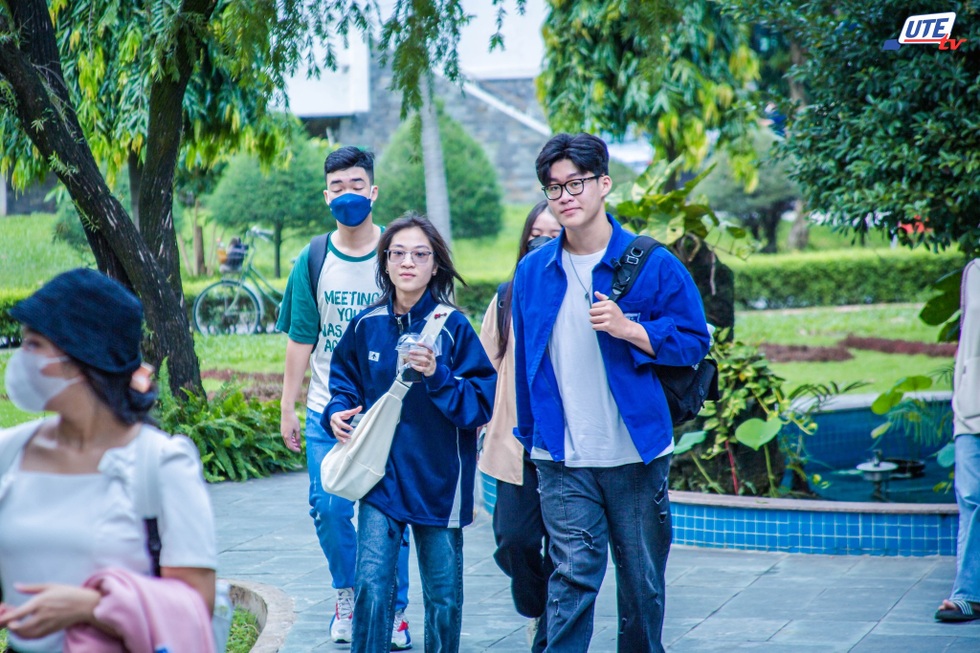
Another criterion that needs to be considered is research and training capacity, so it is advisable to merge schools with the same mission but different strengths, for example, a school strong in engineering merging with a school strong in socio-economics. This helps to form universities with interdisciplinary capacity, easily participating in national and international research programs.
Besides, the scale criterion is very important, schools with too small scale (under 3,000 students) should consider merging to take advantage of resources.
Finally, in terms of national strategy, priority should be given to the establishment of regional and international research universities in the country's economic, political and social centers. Each economic region should have at least one multidisciplinary university of sufficient size, both serving local human resource needs and gradually integrating internationally. Each province should have at least one multidisciplinary university - multi-level community university, of reasonable size, both serving the direct human resource needs of the province and contributing to raising the intellectual level of the local community.
Mergers are a test of the capacity to reform higher education institutions.
The process of merging and restructuring universities in Vietnam is not only a technical organizational measure but also a test of the capacity to reform higher education institutions.
International practice shows that building large-scale multidisciplinary universities can bring about clear competitive advantages in terms of resources, brand and training quality. However, these advantages can only be promoted when accompanied by a modern, transparent governance mechanism that truly respects academic autonomy.
If the merger process is only carried out by administrative orders, without dialogue, without a mechanism to protect the legitimate rights of lecturers and students, the result could be a "formal university": large in scale but lacking vitality, unified in name but fragmented in substance.
On the contrary, if the merger is accompanied by the establishment of a new governance mechanism based on a university council with real power, accountability, and ensuring common interests, this could become a historic opportunity to bring Vietnamese universities out of a state of dispersion and fragmentation, and closer to international standards.
The State’s responsibility in this period is to create a legal framework, ensure fairness and monitor public interests. The responsibility of universities is to dare to accept change, put national interests and the academic community above local interests. And the responsibility of the whole society is to monitor, criticize and accompany, so that the reform process is not derailed by pressure from group interests.
Dr. Le Viet Khuyen
Vice President of the Association of Vietnamese Universities and Colleges,
Former Deputy Director of the Department of Higher Education, Ministry of Education and Training
Source: https://dantri.com.vn/giao-duc/sap-nhap-dai-hoc-kinh-nghiem-quoc-te-va-bai-hoc-cho-viet-nam-20251006185516112.htm




![[Photo] Prime Minister Pham Minh Chinh chairs the 16th meeting of the National Steering Committee on combating illegal fishing.](https://vphoto.vietnam.vn/thumb/1200x675/vietnam/resource/IMAGE/2025/10/07/1759848378556_dsc-9253-jpg.webp)







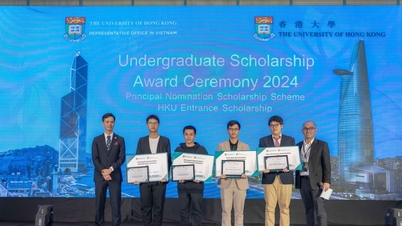

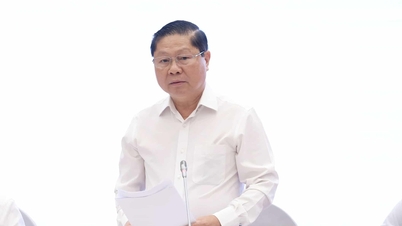
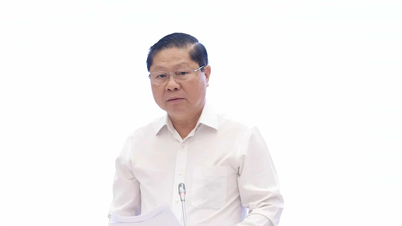
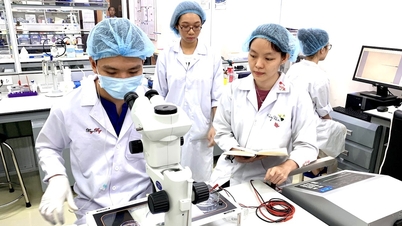








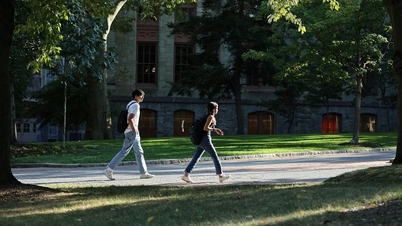






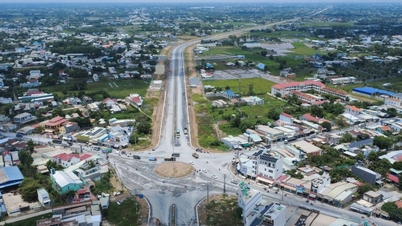





![[Photo] Super harvest moon shines brightly on Mid-Autumn Festival night around the world](https://vphoto.vietnam.vn/thumb/1200x675/vietnam/resource/IMAGE/2025/10/07/1759816565798_1759814567021-jpg.webp)






























































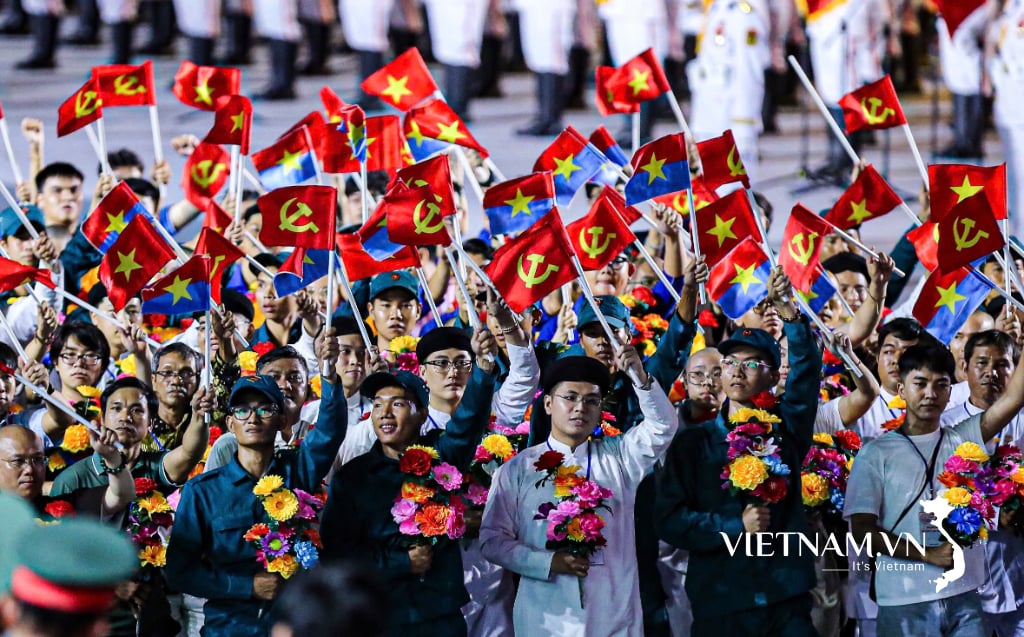

Comment (0)